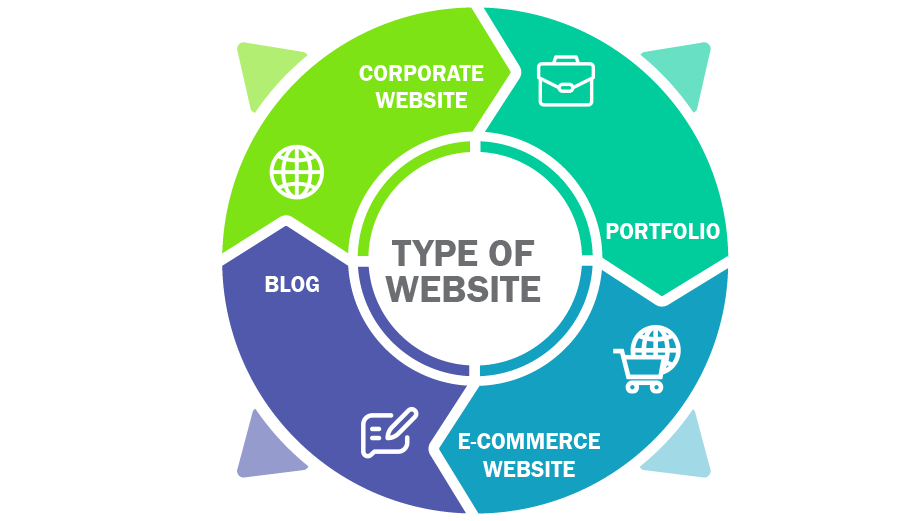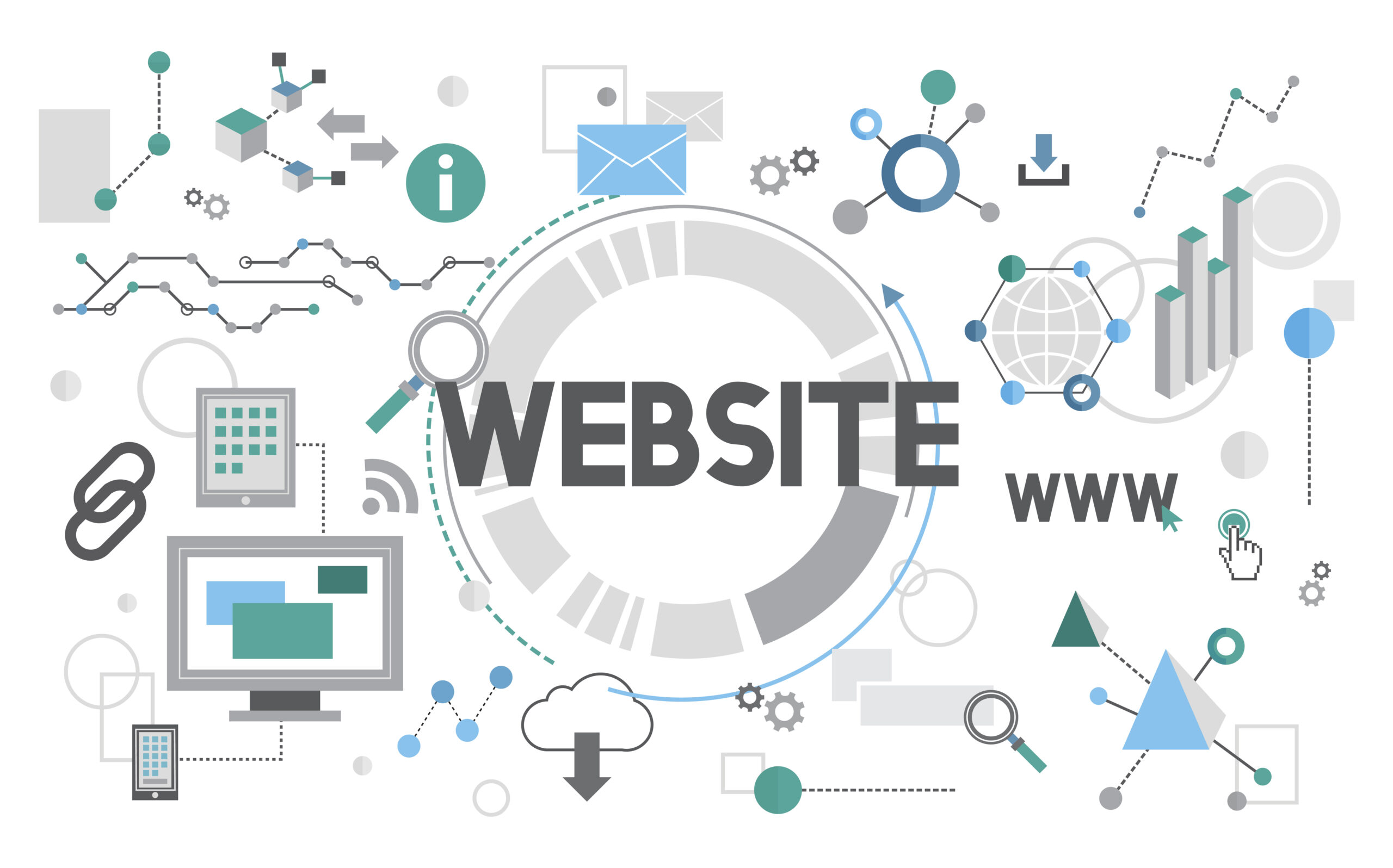A slow-loading website not only frustrates visitors but also affects your search engine rankings. However, we have to focus on Website Page Speed. in This article learn about how to Improve Website Page Speed
Contents
- 1 The Importance of “Website Page Speed”
- 2 How Website Page Speed Helps You Rank Higher on Google Search Results?
- 3 How a Fast-Loading Website Reduces Costs
- 4 Step 1: Choosing a Fast Hosting Provider:
- 5 Step 2: Optimize Images and Media in Website to Improve Website Page Speed
- 6 Step 3: Implement Caching:
- 7 Frequently Asked Questions (FAQs) To Improve Website Page Speed.
The Importance of “Website Page Speed”
Page speed is a critical factor in website performance. It directly impacts user experience, search engine rankings, conversion rates, and mobile-friendliness. Slow-loading websites frustrate users, leading to high bounce rates.
Additionally, search engines favor faster websites, resulting in improved visibility and organic traffic. Faster load times also boost conversion rates and cater to mobile users with limited patience.
Increasing your website page speed will give you several benefits like high ranking on Google, reduced costs, and increased organic traffic. If the website loads quickly and a provides good experience then the user is more likely to check the rest of the information on your website.
How Website Page Speed Helps You Rank Higher on Google Search Results?
Page speed is an important factor for ranking higher on Google search results for several reasons:
1. Mobile-First Indexing:
Google primarily uses mobile-first indexing, which means it evaluates your website’s mobile version for ranking. Mobile users often have slower internet connections, making page speed even more crucial for mobile rankings.
2. Bounce Rates:
Slow-loading pages tend to have higher bounce rates (users leaving the site quickly). Google interprets a high bounce rate as an indication that users didn’t find what they were looking for, potentially leading to lower rankings.
3. Check Core Web Vitals for Website Page Speed:
Google introduced Core Web Vitals as ranking factors, which include metrics like “Largest Contentful Paint” (LCP), First Input Delay (FID), and Cumulative Layout Shift (CLS). These metrics assess page loading speed, interactivity, and visual stability, respectively, emphasizing the importance of page speed in rankings.
How a Fast-Loading Website Reduces Costs
1. Lower Hosting Costs:
Fast websites typically require fewer server resources, as they process requests more efficiently. This can lead to lower hosting expenses, especially for websites with high, traffic, as they can often operate on less powerful servers.
2. Reduced Bandwidth:
Faster websites transfer data more efficiently, resulting in lower bandwidth usage. This is particularly beneficial for websites with limited data transfer allocations or those using Content Delivery Networks (CDNs) where bandwidth can be costly.
3. Lower Development Costs:
Efficiently coded websites with faster load times are easier to develop and maintain. They require less time spent on optimization, bug fixing, and troubleshooting, which can reduce development and maintenance expenses.
4. Faster Content Delivery:
In the case of e-commerce websites, faster loading times can lead to improved product page loading and checkout processes. This can reduce cart abandonment rates and increase sales, ultimately offsetting costs.
Creating a website that is consistently optimized for page speed requires a proactive and continuous effort. Here are seven powerful steps to achieve this:
Step 1: Choosing a Fast Hosting Provider:
- Start with a hosting provider known for speed and reliability.
- Consider a hosting plan that includes features like SSD storage, content caching, and scalable resources.
Step 2: Optimize Images and Media in Website to Improve Website Page Speed
- Compress and resize images to reduce file sizes.
- Use modern image formats like WebP for better compression.
- Implement responsive images to serve appropriately sized images based on the user’s device.
Step 3: Implement Caching:
- Enable server-side caching mechanisms like opcode caching and object caching.
- Use a Content Delivery Network (CDN) to cache and serve content from edge servers closer to users.
Step 4: Minimize HTTP Requests in website:
- Combine CSS and JavaScript files to reduce the number of requests.
- Use CSS sprites or inline small CSS/JS when appropriate.
- Remove or defer unnecessary scripts and widgets.

Step 5: Prioritize Critical Rendering Path:
- Load critical CSS inline to render above-the-fold content quickly.
- Use asynchronous or deferred loading for non-essential scripts.
- Optimize the order in which resources load to avoid render-blocking issues.
Step 6: Implement Lazy Loading to Improve website page Speed:
- Lazy loading allows images and videos to be loaded only when they are presented in the user’s field of view.
- Use the ‘loading=” lazy” attribute for images and iframes.
Step 7: Regular Performance Audits and Optimization for website:
- Continuously monitor your website’s performance using tools like Google PageSpeed Insights, GTmetrix, or Lighthouse.
- Address issues and optimize your website based on the audit results.
- Keep your CMS, themes, and plugins up-to-date to benefit from performance improvements.
Frequently Asked Questions (FAQs) To Improve Website Page Speed.
- What is website Page Speed ?
Page speed refers to how fast a web page loads and displays its content to users when they visit a website. It’s typically measured in seconds or milliseconds.
- Why “website page speed” is important?
Page speed is crucial for user experience, SEO, and conversions. Fast-loading pages keep users engaged, rank higher in search results, and lead to higher conversion rates.
- How can I check my website’s page speed?
You can use various online tools like Google PageSpeed Insights, GTmetrix, or Pingdom to analyze your website’s page speed and receive performance recommendations.
- What is the ideal page load time for a Website?
Ideally, a web page should load in under 3 seconds. However, faster is always better, especially for mobile users with slower connections.
- What is the impact of Website page speed on SEO?
Page speed is a ranking factor in Google’s search algorithm. Faster-loading pages tend to rank higher in search results, which can positively impact your website’s SEO and visibility.


